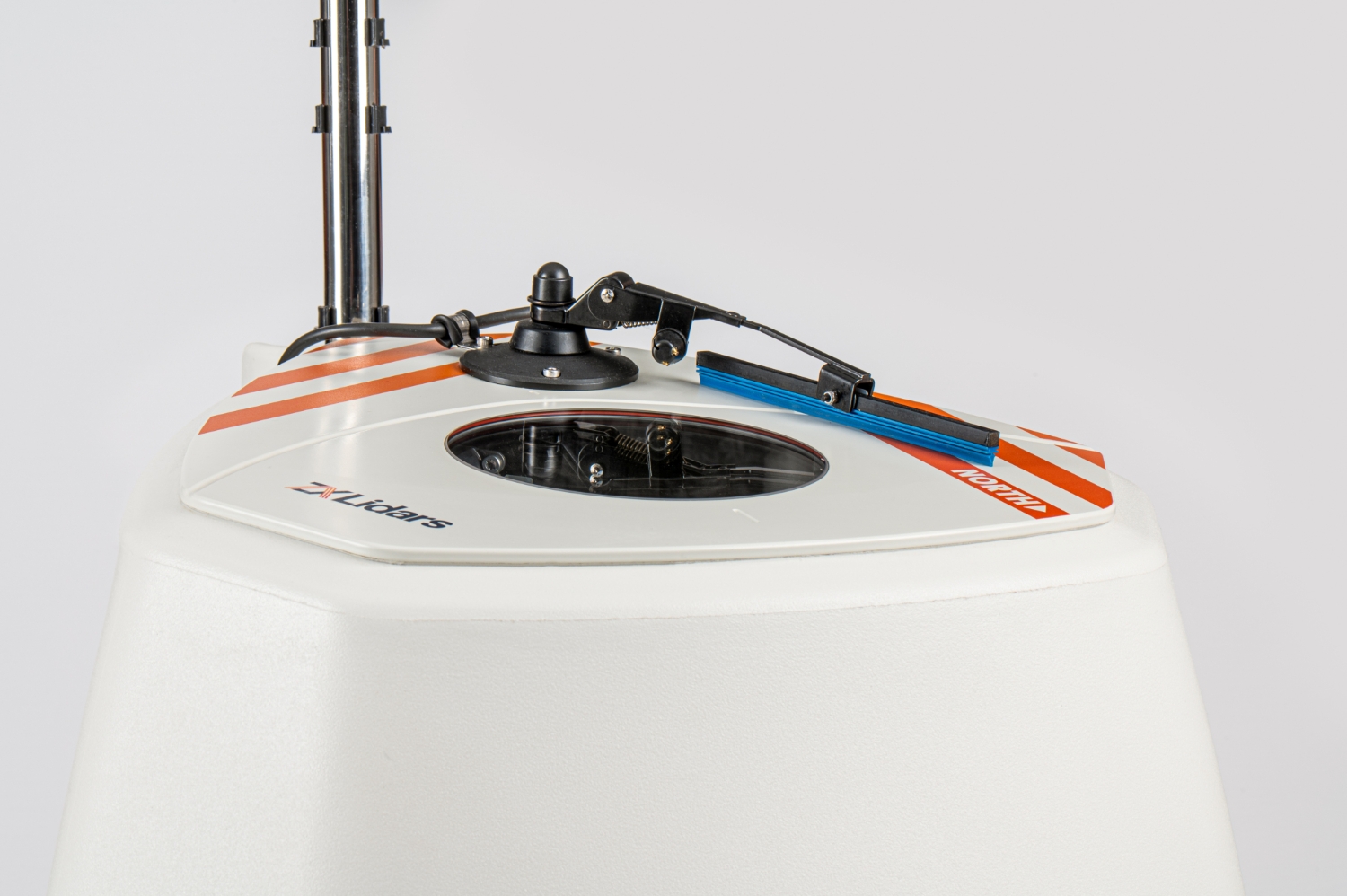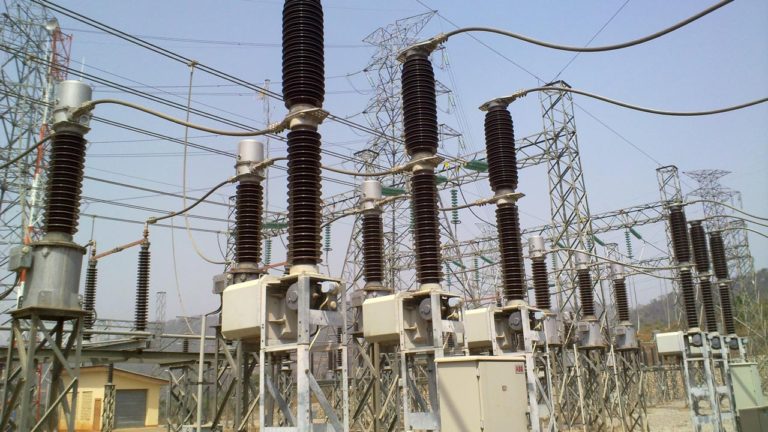A group of researchers from Nigeria and South Africa has proposed using artificial intelligence technologies to determine the exact causes of electricity losses during transmission. In standard practice, power system losses are calculated in aggregate, and actions against them come down to common technical measures like installing compensating devices. The researchers decided to take a deeper look at the issue and find out what exactly causes losses in specific sections of the power grid, be it technical faults, measurement errors, theft or other factors.
To that end, they analyzed data from a 132 kV high-voltage line in Nigeria, which passes through an industrial area with a large number of major consumers. This power line plays a major role in the power supply of local enterprises, including metallurgical and processing plants. A total of 12 sections of the power grid with the highest load and pronounced losses were selected for analysis. Data were collected by Schneider PM5100 smart meters installed on various branches of the power line. The meters recorded the volumes of electricity supplied and consumed.
At the first stage, the researchers thoroughly processed the resulting data, eliminating gaps, normalizing the values, coding the categories and forming time sequences to train neural network models. Next, they calculated the energy difference between the volumes supplied to the grid and those actually registered by consumers. Losses were classified depending on the value: a loss exceeding 40% was considered energy theft, a 30–40% loss was classified as an active (ohmic) loss, 20–30% as a loss from corona discharge, 10–20% as a reactive loss, 5–10% as a normal technical loss and values below 5% were viewed as metering errors.
These data were used to train six AI models: the classic LSTM and GRU models, their hybrids, a bidirectional BiLSTM model and an LSTM model with an attention mechanism, which allows the system to focus on the most significant sections of the time series. All models were created and tested in a Python environment with the use of the TensorFlow and Keras libraries.
The best result was demonstrated by the LSTM model with an attention mechanism, which achieved an accuracy of 83.84%. The regular LSTM and GRU models were slightly less accurate at about 83%. The BiLSTM model gave an accuracy of 82.07%. Analysis of the distribution of loss classes showed that the vast majority of losses, or 1,440 out of 1,980 observations, were related to electricity theft. Other types of losses, including reactive and corona losses and metering errors, were much less common.
A statistical analysis was also conducted. Some sections of the grid demonstrated high instability: significant deviations, negative values and sharp spikes. All this indicates possible technical problems or organizational failures.
A widespread implementation of the proposed approach could give power engineers a useful tool allowing them not only to register losses, but also to quickly identify their nature. This will significantly improve the system’s manageability, making it possible to pinpoint problem areas, produce informed decisions and reduce costs. This approach could prove especially relevant in developing countries, where the level of losses in power grids can exceed 30%.
Source: Global Energy Association








